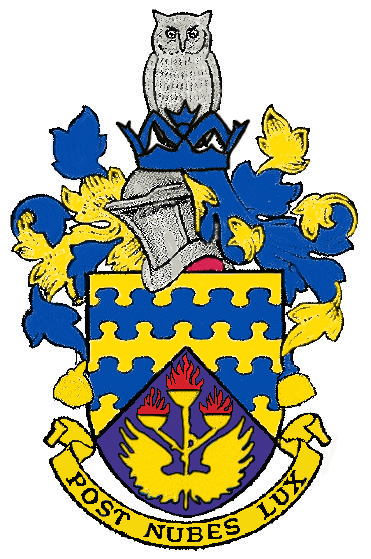






Defence Academy Technology Scool Defence Cyber School
Cranfield Defence and Security
Cranfield University Cranfield University Alumni
The Defence Academy of the United Kingdom
Campus life at Shrivenham


History of the Royal Military College of Science (RMCS) Royal Military College of Science, Arms and Motto History of the Defence Academy
1. The Royal Military College of Science (1850-2005)
In 1850 the British Army established the department of Artillery studies at Woolwich. Over the years the department changed its names to finally become RMCS.
2. Defence College of Management and Technology (2005-2009)
RMCS changed its name to DCMT in 2005 to develop the College to become a key source of knowledge and expertise for all those involved in acquisition and the wider business of defence, and supporting implementation of the Defence Industrial Strategy and other initiatives such as Professional Skills for government.
3. Defence Academy - College of Management and Technology (2009-2014)
The Defence Academy - College of Management and Technology comes into being on 1st April 2009 as the result of the College Integration Programme.
The new College brings together a number of pre-existing training, Education, and Development organisations.
These include: DaLearning; dblearning; the Defence Leadership and Management Centre; DCMT Technology Division, Nuclear Department at HMS Sultan;
the Resource Management Centres; the Joint Equality and Diversity Training Centre, and the Defence Technical Officer and Engineering Entry Scheme.
From 1 January 2009, the School at Cranfield’s Shrivenham campus changed its name to Cranfield Defence and Security.
The change from the Defence College of Management and Technology (DCMT) reflects the School’s business both within the University and the Defence Academy of the United Kingdom.
4. Defence Academy, Technology courses under the Operations Director (2014-2018)
5. Defence Academy Technology School (2018-Date)
Technology School develops and delivers world class science, technology, and engineering education in order to maximise the ability to meet the challenges of contemporary and future defence and security operating environments.
The Technology School offers education, training and learning in the application of science. Courses include Cyber, Explosive Ordnance Engineering, Information Management, Military Technology, Trainer and Training Development and Support. Courses may be online, part-time or full-time and are also conducted overseas. Courses range from A level via individual course modules and MSc’s to PhD. International military and civilian students are warmly welcomed.
Detailed History of the Cranfield University Building on our heritage and embracing the future
The predecessor to this institution was RAF airfield for which work was started on 100 acres of land in 1935 and the airfield was formally opened on 1 June 1937.
In November 1945, the ETPS transferred from Cranfield and finally moved to Farnborough in 1947.
The mission of the college was given very broad terms of reference:
“To find out everything and anything of interest that could be learnt from the Americans about aircraft production and design.”
The allocation of college buildings took place at an Air Ministry meeting in February 1946. Initially two hangers were converted into large laboratories.
1953: the Work Study School, which evolved to become Cranfield School of Management, opened.
1964: the first Cranfield MBA programme was run.
1967: Cranfield School of Management was founded.
2. Cranfield Institute of Technology (1970-1994)
The Royal Charter was grated in 1970 for a new institution to be called Cranfield Institute of Technology with the objectives being:
(a) To advance, disseminate and apply learning and knowledge in the disciplines of the sciences, engineering, technology and management
(b) To promote and encourage the application of that knowledge and learning to the practices of design, development and manufacture and to the organisation of industry and the public services.
4. Cranfield University (1994-Date)
1993 the Royal Charter changed the institution's name to Cranfield University.